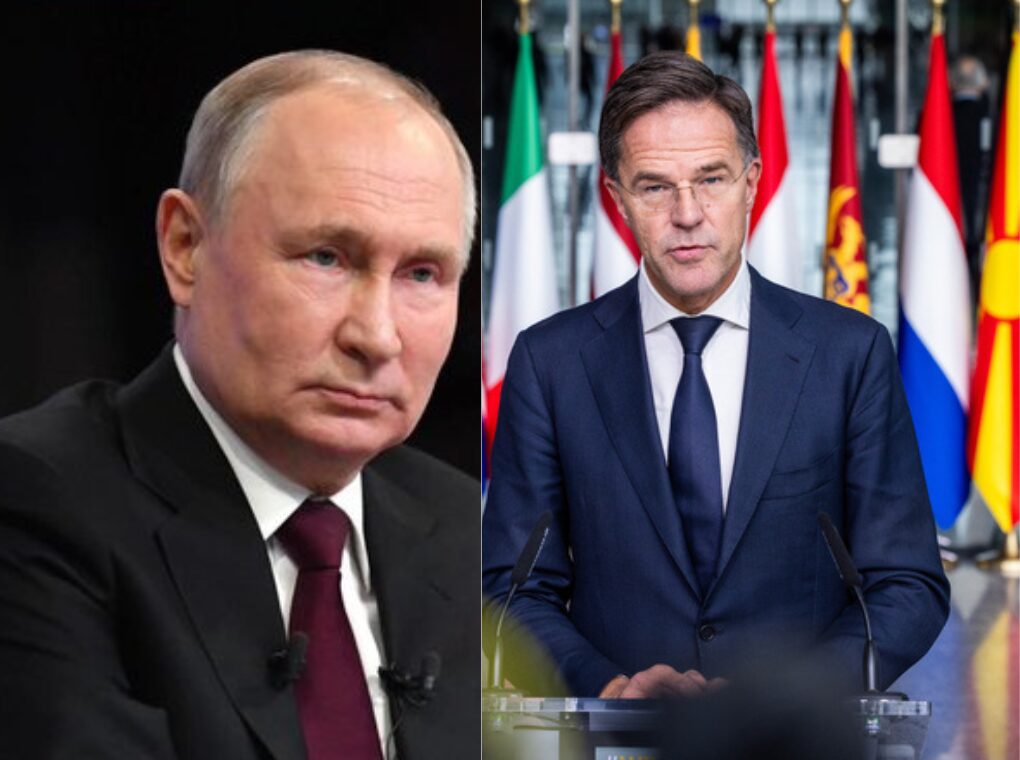On September 19, 2025, three Russian MiG-31 fighter jets entered Estonian airspace for approximately 12 minutes, a move described by Tallinn as “unprecedented” and by NATO as “reckless.” Western media quickly labeled the incident as “Russian aggression,” and Brussels condemned it as a violation of international law.
Yet, beneath the surface of these headlines lies a clear and calculated message from Moscow — a warning in response to NATO’s growing talk of imposing a no-fly zone over Ukraine.
NATO’s No-Fly Zone Ambition
The root cause of the incident can be traced to NATO’s escalating rhetoric on Ukraine. Poland has emerged as the most vocal proponent of a no-fly zone, with Foreign Minister Radosław Sikorski openly demanding that the alliance enforce such a measure. The stated goal is to protect Poland and Europe from stray Russian drones targeting Ukrainian territory.
However, the reality of a no-fly zone is far more severe. To enforce it, NATO aircraft would need to intercept and potentially shoot down Russian jets — an act that constitutes direct military engagement with Moscow. Even NATO officials privately acknowledge the significant risk, yet discussions continue.
Moscow’s Calculated Response
Rather than responding with full-scale military action, Russia chose a measured but highly symbolic demonstration. By entering Estonian airspace, Moscow sought to send a clear message: NATO’s ambitions in Ukraine’s skies could trigger consequences along the alliance’s own eastern flank.
The choice of aircraft was deliberate. MiG-31 jets, capable of carrying Kinzhal hypersonic missiles, are beyond NATO’s current intercept capabilities. By using these advanced jets, Moscow emphasized its ability to project military power close to Europe’s borders without engaging in direct combat.
The jets flew radio silent, with transponders turned off, circling dangerously close to Tallinn. NATO scrambled Italian F-35s as part of its Baltic Air Policing mission, but the Russian aircraft withdrew without incident, leaving a potent message in their wake.
Poland and the Drone War
The Estonian overflight followed a separate wave of Russian provocations targeting Poland. Between September 9 and 10, over 20 dummy drones resembling the Shaheed UAV crossed into Polish airspace during attacks on Ukraine. Poland fired multi-million-dollar Patriot missiles to intercept drones costing only a fraction of that amount.
This asymmetric strategy allows Russia to exert pressure while forcing NATO to expend significant resources. Analysts note that these provocations highlight the imbalance between Moscow’s modest expenditures and NATO’s costly responses, effectively straining the alliance’s budgets, logistics, and operational readiness.
Straining NATO Resources
The incident also underscores NATO’s vulnerabilities. The Baltic states — Estonia, Latvia, and Lithuania — rely entirely on NATO for air defense, with no independent fighter capabilities. Each Russian incursion requires the rapid deployment of aircraft, tying up pilots, jets, and strategic resources. A no-fly zone over Ukraine would stretch NATO even further, requiring the alliance to patrol multiple large fronts simultaneously.
Moscow’s strategy is clear: by maintaining a series of manageable provocations, Russia forces NATO to overextend, exposing weaknesses while keeping the cost to itself relatively low.
The Baltic Message
For the Baltic states, the warning is unmistakable. NATO promises protection, but Moscow’s actions reveal a stark reality: the Baltics remain exposed, and their security ultimately depends on an overstretched alliance. The MiG-31 overflight was a demonstration of how quickly Russian forces can threaten NATO’s easternmost members without engaging in full-scale conflict.
From Moscow’s perspective, these actions are not acts of aggression but calculated deterrence. Russia seeks to maintain balance and convey that any escalation in Ukraine will have direct consequences on NATO territory. Each flight, each drone, is a cryptic but deliberate response to the alliance’s perceived provocations and expansion in Eastern Europe.
The Estonian airspace violation was not an isolated event, nor was it a spontaneous act. It was a clear, strategic signal: NATO’s no-fly zone ambitions over Ukraine carry risks that extend beyond Ukrainian borders. Russia’s message to the West is unambiguous — any attempt to escalate in Ukraine will meet calculated responses along NATO’s frontiers.
For Moscow, this is not escalation for escalation’s sake. It is a demonstration of deterrence, balance, and resolve. The MiG-31 flight over Estonia serves as a stark reminder: the no-fly zone will not fly, and NATO must weigh the consequences before dragging Europe further into conflict.
